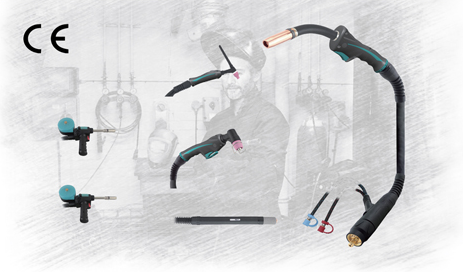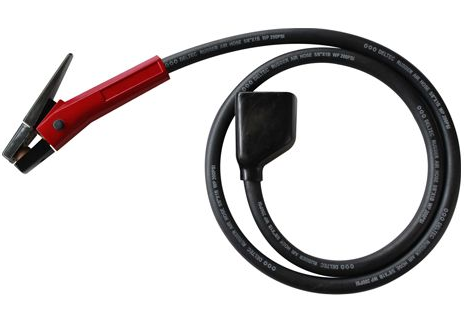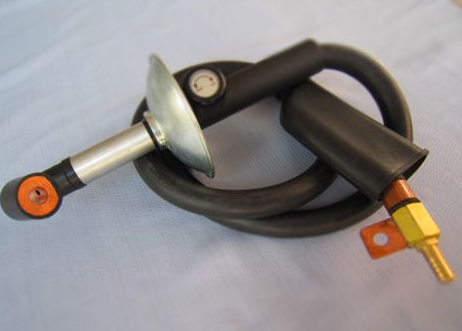A gouging torch is an essential tool in many industrial applications, used for removing metal, creating grooves, and other material preparation tasks. Understanding how to use a gouging torch effectively can improve your work quality and safety. In this comprehensive guide, we’ll answer the most frequently asked questions about gouging torches, helping you make informed decisions and enhance your knowledge.
What is a Gouging Torch?
A gouging torch is a specialized tool used in metalworking to remove metal by melting it away. It operates by producing a concentrated arc of electricity that melts the metal, which is then blown away by a high-velocity air stream. This process is often used for creating grooves, removing welds, or cutting through thick metal plates. Gouging torches are commonly used in industries such as shipbuilding, construction, and repair work.

Gouging Torch
How Does a Gouging Torch Work?
The gouging process involves striking an arc between the gouging electrode and the workpiece. The intense heat melts the metal, while a stream of compressed air blows the molten material away from the work area. This method allows for precise metal removal and can be adjusted based on the specific requirements of the job, such as depth and width of the gouge.
What Are the Types of Gouging Torches?
Gouging torches come in various types, each suited for different applications:
Manual Gouging Torches
These are handheld torches that offer flexibility and control, making them ideal for smaller jobs or tasks requiring precision. They are commonly used in maintenance and repair operations.
Automated Gouging Torches
Automated gouging torches are integrated into CNC machines or robotic arms for large-scale production and repetitive tasks. They offer consistency and efficiency in industrial settings.

Gouging Torch
What Safety Precautions Should I Take?
Working with a gouging torch involves high temperatures and molten metal, so safety is paramount. Here are key precautions to follow:
Wear Proper Protective Gear
Always wear protective clothing, including gloves, goggles, and a welding helmet, to protect against sparks, metal splatter, and intense light.
Ensure Adequate Ventilation
Gouging produces fumes that can be harmful if inhaled. Ensure your workspace is well-ventilated, or use fume extraction systems.
Check Equipment Regularly
Inspect your gouging torch and related equipment for any signs of wear or damage. Replace any faulty components before starting work to prevent accidents.

Gouging Torch
Frequently Asked Questions About Gouging Torches
Q: What materials can I gouge with a gouging torch?
A: Gouging torches are versatile and can be used on a wide range of metals, including steel, aluminum, and copper. The choice of electrode and torch settings will depend on the material being gouged.
Q: How do I choose the right gouging electrode?
A: The right electrode depends on the material and thickness of the workpiece. Carbon electrodes are commonly used for steel, while copper-coated electrodes are preferred for non-ferrous metals.
Q: Can a gouging torch be used for cutting?
A: While gouging torches are primarily designed for removing material and creating grooves, they can also be used for cutting, especially on thicker metals. However, a cutting torch may be more efficient for this task.
Q: How do I maintain my gouging torch?
A: Regular maintenance involves cleaning the torch, checking the connections, and replacing worn-out parts. Proper storage of the torch and electrodes also helps prolong their lifespan.
Understanding the operation and safety measures associated with gouging torches will ensure you get the best results from your tool. Whether you’re a professional welder or a DIY enthusiast, this guide has covered the essential FAQs to help you make the most of your gouging torch.
View our website https://www.sino-welding.com to find the products you need, request a quote, or contact us for more assistance or additional information.








